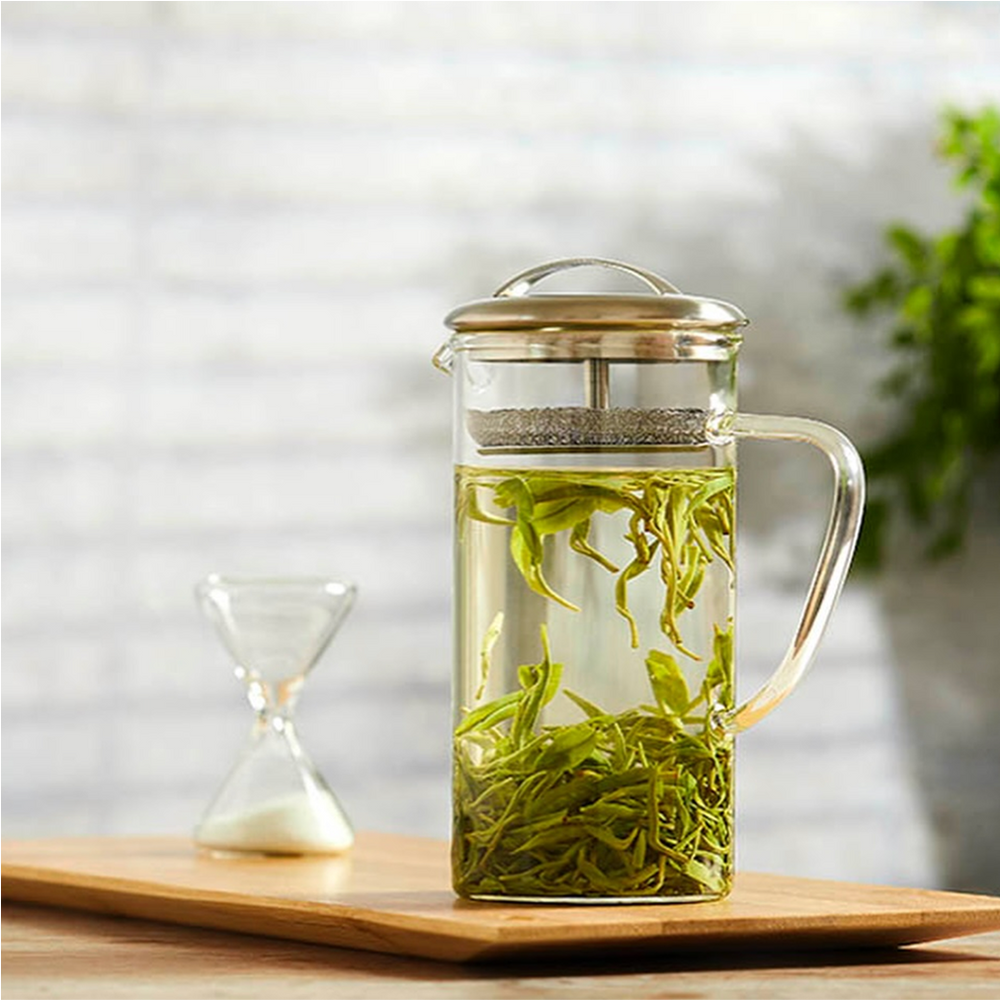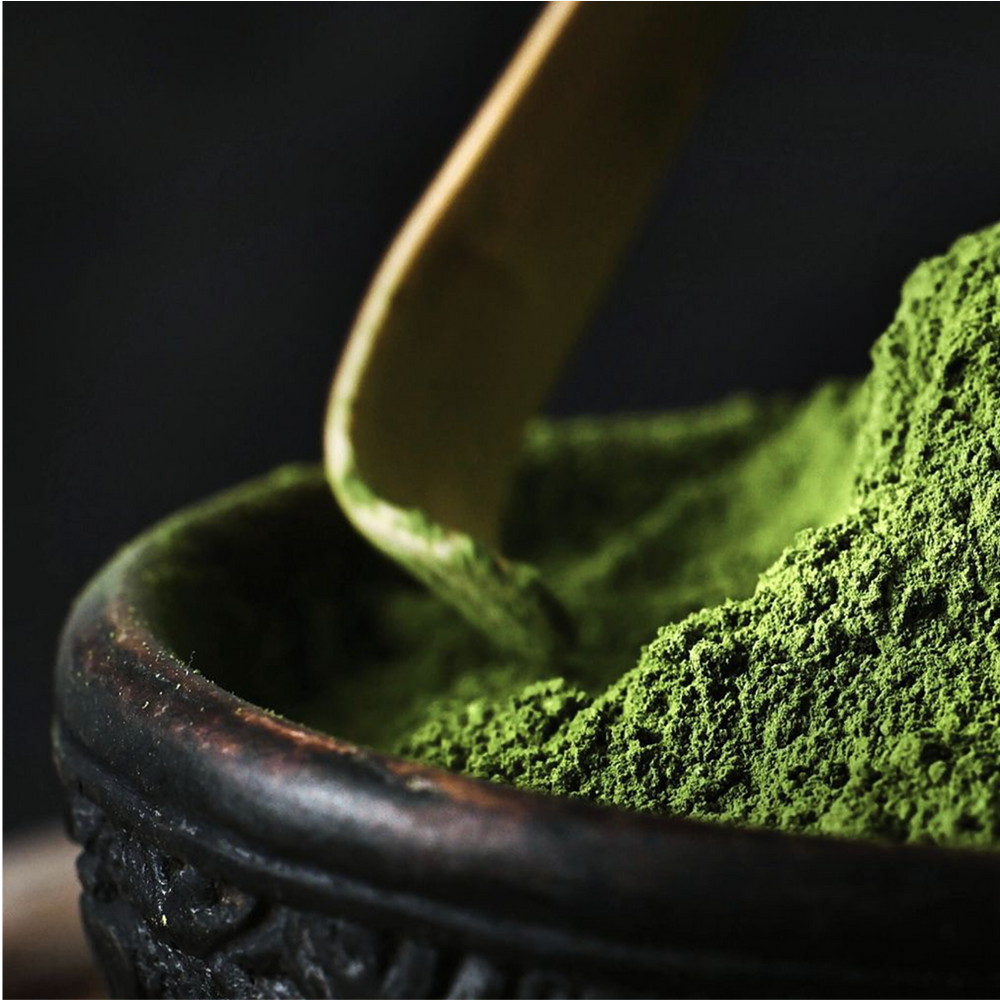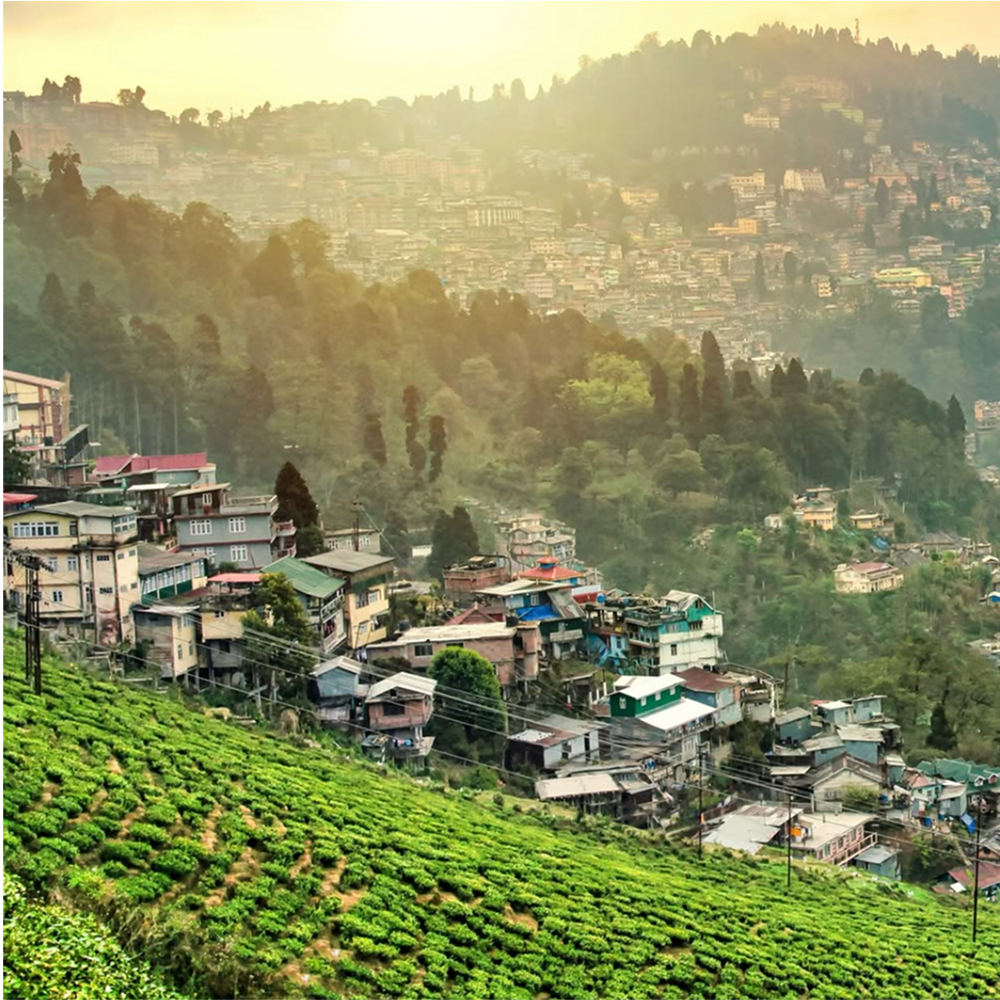50 years of traditional tea shading with the Miyazaki family in Japan
Gyokuro - In the Asahina Valley of Shizuoka, Japan, the Miyazaki family have produced Gyokuro green tea for over fifty years. Together, Mr and Mrs Miyazaki hold centuries of family know-how on how best to tend to their tea bushes and, importantly, when to shade them and for how long.
A few months ago, in early March, we caught up with the Miyazaki’s via video call to see how they prepared for the upcoming spring harvest. As they prepared the garden, we learned a lot about how they produced their Gyokuro, especially the traditional method they used to shade the tea bushes using a hand-crafted straw canopy, which Mrs Miyazaki was weaving at the time. This canopy shading is the defining step in farming tea bushes for Gyokuro, as the lack of light means extra chlorophyll, which generates a richer umami taste in the leaves.
The Miyazakis do most of the hard work in their garden by hand, and they even grow their own rice, which provides the straw used to build the shading canopy for the tea bushes. This traditional approach is extremely rare in Japan as most producers use heavy machinery in the tea fields and synthetic netting materials for shading. However, the Miyazaki’s maintain their approach as they believe the modern way would only slow them down, and they certainly know how to get the best taste from their tea bushes.
Gyokuru - Shading
Let’s take a look at the traditional shading method. The Miyazakis begin work in early April, a month before the tea is hand-picked…
Mrs. Miyazaki spends weeks weaving the rice straw into canopy screens. It takes two days per screen and she is the only personal left in the family who knows this technique
Mr. Miyazaki spreads any leftover straw to cover the soil of the tea bushes and keep them warm during the cold months before harvest.
Each straw screen is carried up to the tea field from a small shed where they're kept during the off-season and will be reused for another spring
A view over the Asahina Valley in Shizuoka, where the Miyazaki's tea garden has existed for over 300 years
The straw screens are unrolled and laid over the metal canopy bars. This ageing structure needs constant repair each year as it weathers over the decades
Each screen is placed and secured by hand. It takes many screens to cover the tea bushes, but it's all in pursuit of the perfect taste
With all the screens in place the tea bushes will be shaded for around a month before harvesting. As less light reaches the bushes, a richness and deep umami taste will be induced in the leaves
Tea picking can then begin after a few weeks of shading. All of which will be done by hand to select only the best leaves for processing
The freshly collected leaves have an intense green colour from the additional chlorophyll produced during the shading
Once steam and rolled, the result is a smooth, floral and intense umami experience from this traditionally crafted Gyokuro green tea.




